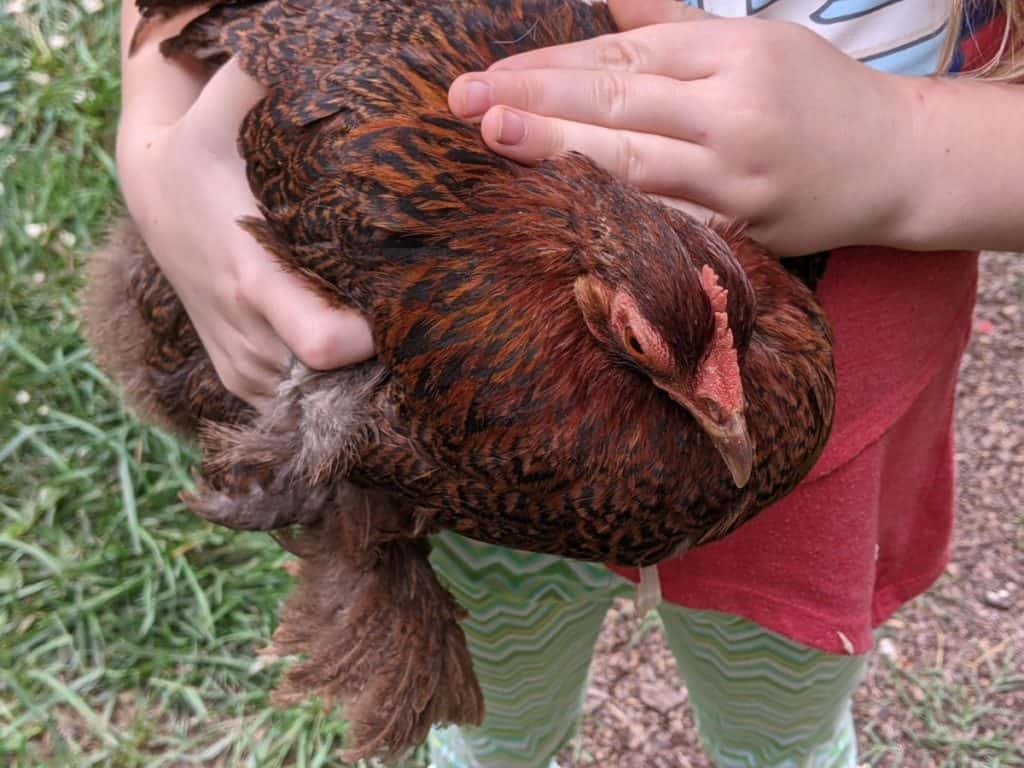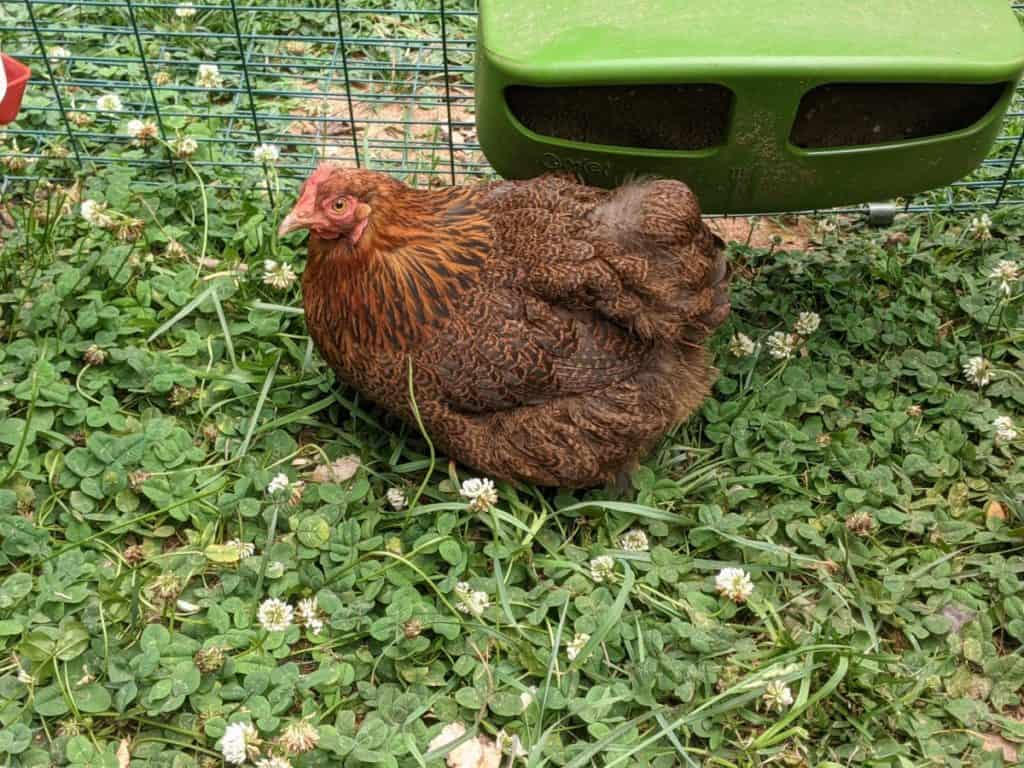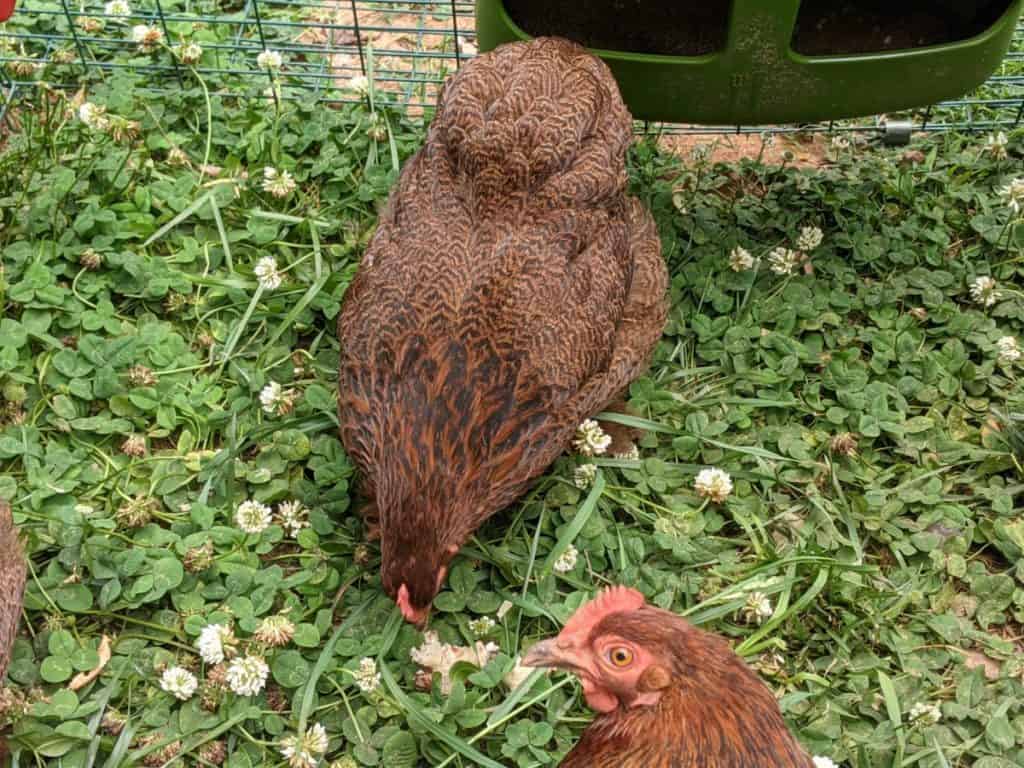Some people might think that the chicken is but a simple bird, but the opposite is true; they are a lot more complex than we might think – I have always thought of them as fascinating creatures!
There really is more to them than just walking around pecking at the ground for food. This brings us to this seemingly odd question: can chickens taste what they eat?
The scientific study “An Update on the Sense of Taste in Chickens” revealed that chickens have more taste buds than researchers initially found. Over the years – and due to technological advances – this number increased from no tastebuds to approximately 760 in certain types of broiler chickens.
The insight into their sense of taste raised a few thought-provoking questions. How many basic tastes (salt, sour, sweet, etc.) are chickens sensitive to? And how do their taste receptors differ from humans and other animals? The answers below would satisfy your newfound curiosity about chickens and their (seemingly ever-increasing) taste buds.

Do chickens have taste buds?
A scientific study revealed that chickens have a better taste sense than we first believed. According to the scientific publication “An Update on the Sense of Taste in Chickens: A Better Developed System than Previously Appreciated” the researchers stated that at first, it was believed that chickens did not have any taste buds at all.
Upon further research, a meager seventy taste buds were found. Later the number increased to between 240 and 360. Yet, the work done in this study proved there can be a bit more than that.
As a comparison, humans have approximately 10 000 buds, cattle between 15 000 and 20 000, and – astonishingly – catfish boasting 175 000 taste buds (however, they are not all located in the fish’s mouth but on their skin as well). The taste receptors of chickens might not be as advanced as other animals, but some must be better than none.
The number of tastebuds seems to vary; it depends on which line the chickens come from; the study found that female-line male broiler chickens have up to 500 buds in the palate and about 260 more in the bottom of the oral cavity – females and male lines have less.
Why is the study of chicken tastebuds so important?
Since poultry is the second leading protein consumed globally – according to the United Nations Food and Agriculture Organization – it would make sense for scientists to show an interest in chickens and how their sense of taste impacts feed intake.
The study mentioned above (“An Update on the Sense of Taste in Chickens”) explains that having a better understanding of the taste sense in chickens will allow feeding to be adjusted to improve efficiency, increasing productivity as a result.
They also mention that the findings can provide a solid base for further studies on subjects such as organogenesis (embryonic development) and regenerative medicine (develop methods to regrow, repair or replace damaged and diseased cells). Supporting the notion that chickens are not simple creatures at all.
Which “flavors” can a chicken taste?
We’re well aware of the different tastes: sweet, sour, salty, and bitter. But there is a fifth that might not be too familiar, umami. Umami refers to a savory sensation, not the same as salt per se, but has more to do with flavor in a way. Some foods with a strong taste of umami include – but are not limited to – meat, cheese, and soy sauce.
These different tastes act as signals from your mouth (more accurately, you taste receptors) to your brain that help you determine if you’re going to eat a particular food. Food is an essential substance to survival. The ability to experience different tastes is what humans and animals use to differentiate between what is safe, unsafe, or undesirable to eat.
The research that discovered the additional taste receptors in chickens confirmed that these birds lack the taste receptor that picks up the sweetness. In fact, most birds are missing out on the sweet side of life, with the hummingbird being an exception. Chickens are able to experience the taste of salt, sour, umami, and bitterness to a certain degree. Being able to detect four out of the five flavors is quite a step up from not having tastebuds at all.
Interestingly enough, lacking some “bitter buds” might suggest they are not as sensitive to the taste, but it was discovered that chickens are remarkably sensitive to bitterness while being less so with sourness. Researchers found that chickens react strongly to umami and that salt and sweetness only invoke a response when introduced in elevated potencies.

Do their tastebuds influence their choices? (What do chickens eat?)
Chickens are omnivores, and they can eat various food sources such as seeds, cereal grains, vegetables, insects, and even mice. Buying quality chicken pellets is a good way to make sure they get the right amount of nutrients. But they can easily eat table scraps as well (not referring to leftover lasagna, but more in the line of fruit and vegetable peels).
Farmers have observed that some chickens gravitate more to certain treats, which indicates that even with less developed taste receptors – only in comparison with other animals – tastebuds do have an impact on what they like to eat or tend to avoid.
Hatchlings have shown negative responses to bitter and sour tastes; the researchers observed the dislike through actions such as head shaking or wiping the beak. These actions were also evident in older chickens in reaction to tastes they don’t care for.
Another interesting take on their taste receptors is that chickens seem to react negatively to warm water. They prefer cool water in general and particularly on hot days to regulate their body temperatures. If you plan on keeping chickens, always make sure they have clean and cool water available at all times.
Their sense of smell can also be a contributing factor to feed intake. You’ll notice that your chickens might be pulling up their noses when you introduce new food without even trying it. Experts suggest following the same principle as switching dog food, integrating the new feed with the old brand until they get used to the smell of the new feed.
What chickens shouldn’t eat
Knowing what they can taste isn’t enough to make sound choices on feed and treats the chickens can have (below, you will find a list of what you should not feed your birds). Some of my flock’s favorite treats are vegetables (such as kale and cabbage), herbs, and perennials (including daisies and ferns).
Omnivorous does not mean that animals belonging to this group can devour what crosses their paths and not get sick. It simply means that they can survive on both plant and animal food sources. Here is a list of few things chickens should not eat:
Avocadoes
Though the flesh might be safe to feed, the pit and peel (which contain persin) should not be offered to chickens.
Candy
But this is general knowledge; animals should never be fed any type of candy or chocolate. By that estimation, processed (junk) food should be avoided as well.
Green potato skins
Potato skins and even cooked potatoes are safe; avoid feeding them green potatoes as this contains solanine and, as with persin, a toxic substance to birds.
Dry beans
Once again, this contains another substance that chickens should not ingest, hemagglutinin. Cooked beans are safe.
Rotten food
Moldy food has bacteria growth, and it is not a good idea to introduce bacteria to the chickens’ diet.

Conclusion
Chickens might not be able to taste as well as humans or other animals, but they can definitely taste a variety of things – except sweetness, of course.
Their sense of smell is advanced enough to detect possible predator presence but does not seem to impact their food choices all that much. In conclusion, they are, in fact, fascinating little creatures.

